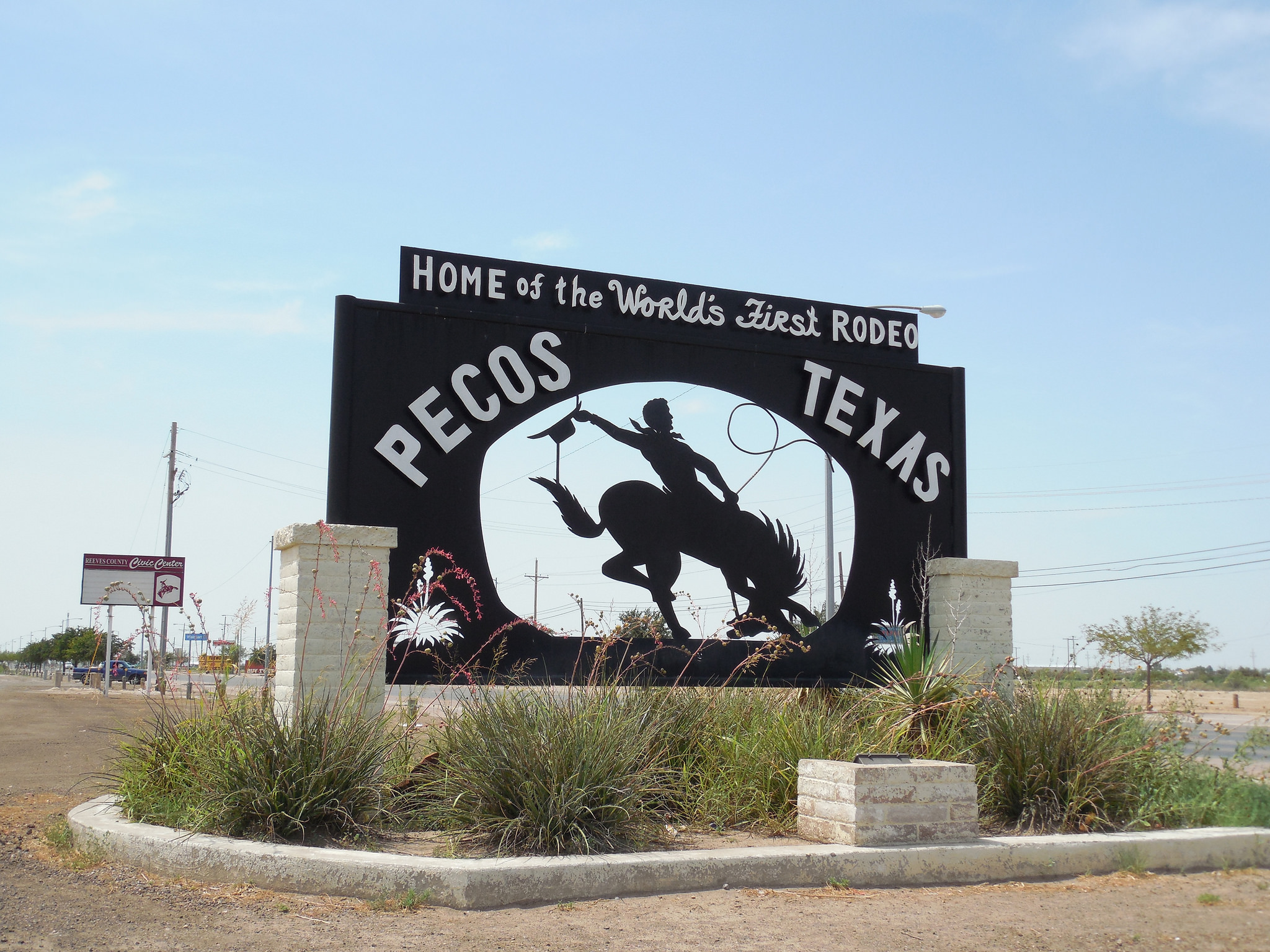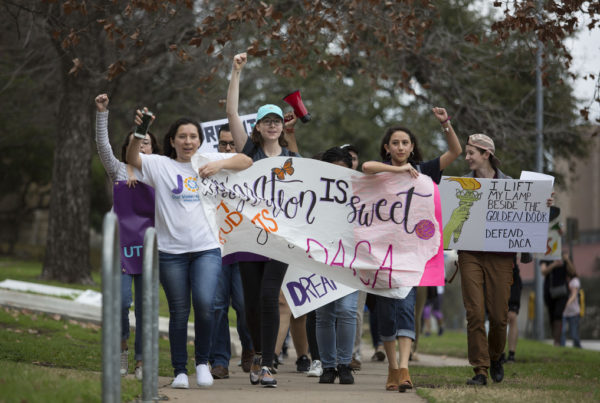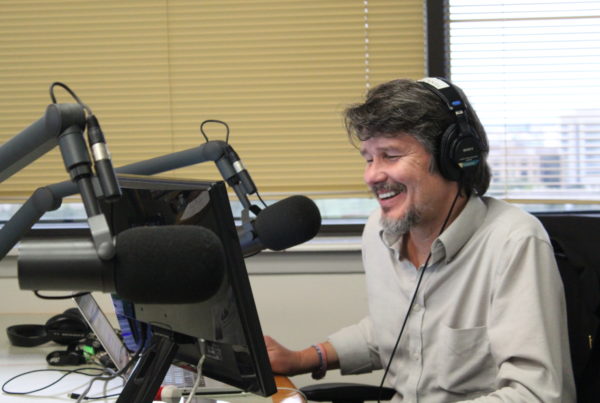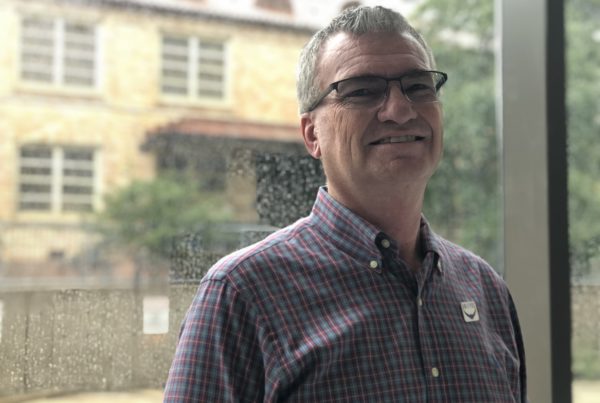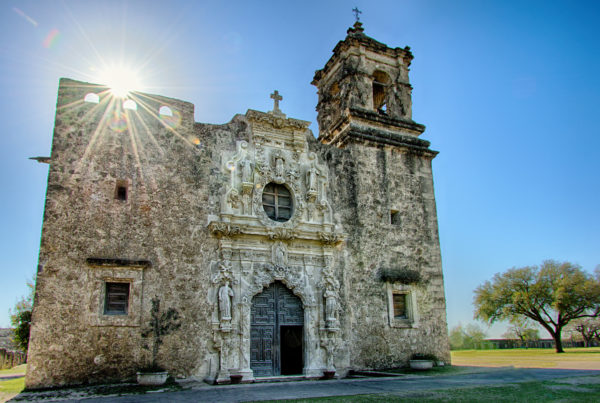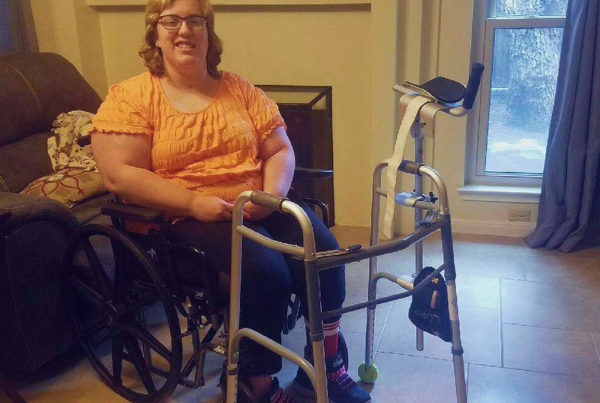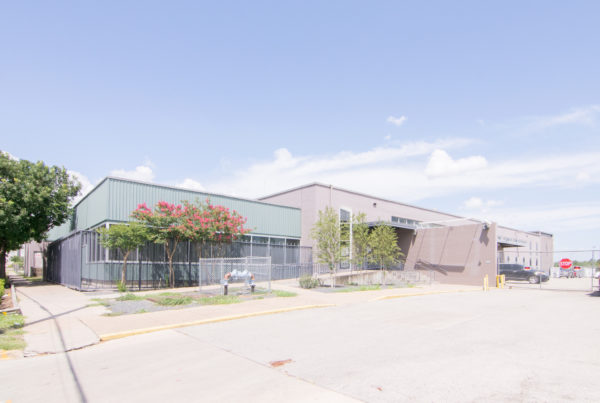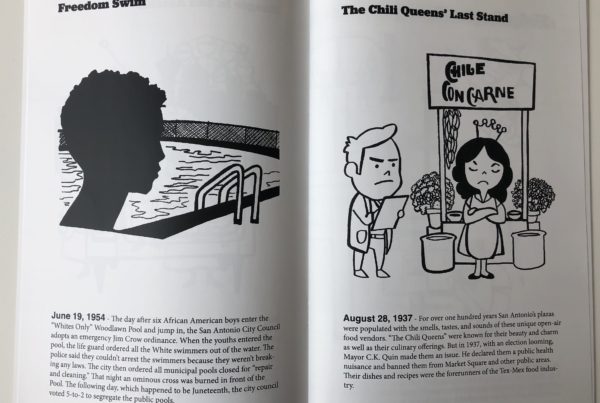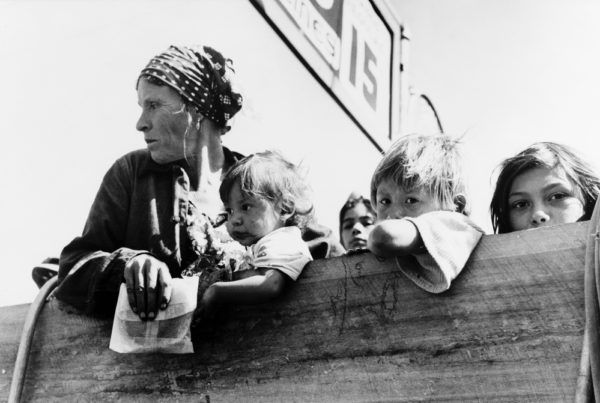From Marfa Public Radio and Texas Public Radio:
There’s no other way to put it: Texas’ 23rd congressional district is huge, like, larger-than-many-states-kind-of huge. The 29-county district hugs the San Antonio suburbs. There, you’ll find all the signs of urban sprawl, shopping centers and traffic, and also a few military bases. Head west, and the scenery changes.
You’ll see pump jacks dotting the desert, and ocotillo and agave plants dot the wide, open stretches of ranch land. The district runs through and past Marfa, and stops just short of El Paso. It also includes about 800 miles of the Texas-Mexico border.
“Generally speaking, [it’s] fairly an unpopulated area,” says Texas State Demographer Lloyd Potter, who’s also a University of Texas at San Antonio professor.
Potter says in all, about 770,000 people live in Texas’s 23rd District, about 70 percent of whom are Hispanic.
“One thing that you can see, though, is that the Hispanic population is driving the growth, but the non-Hispanic white population has been declining,” Potter says.
That doesn’t come as a surprise to Carmen Elguezabal, library director for the City of Presidio.
“I’ve been here 27 years this year,” Elguezabal says.
Presido is a border town east of Big Bend National Park. Elguezabal says a lot of the people who come to her library mainly speak and read Spanish, so she helps them out.
“That’s part of my job, you know, to fill out forms, translate documents for them,” Elguezabal says.
According to the latest census data, more than 50 percent of people in the district speak a language other than English at home. That’s nearly double the statewide rate in Texas.
Besides being interesting demographically, Presidio is also unique politically. In 2016, the 23rd District was one of only a few dozen congressional districts across the country to simultaneously elect a Republican representative – incumbent Will Hurd – and vote for Hillary Clinton over Donald Trump.
David Crockett is a political science professor at Trinity University in San Antonio and says the district is “finely balanced” between Republicans and Democrats.
“It’s got a lot of both. So, it makes sense to pour money into that to see if you get more of your base out to outgun the opponent,” Crockett says.
This year, the millions of dollars Hurd and his opponent, Gina Ortiz Jones, pump into their midterm campaigns could set a new record.
Speaking of money, let’s look at how voters in the 23rd make theirs.
“So, out west, there, oil and gas are going to be very significant drivers, and if you look at that area, the Permian Basin area, it’s population growth has just really taken off with an increase in the price of oil,” State demographer Potter says.
You see that in places like Pecos: at last count, the rural west Texas town had a population of about 10,000. But it’s swelled in recent years thanks to the oil boom. The energy industry, Potter says, has made this one of the fastest-growing parts of the state.
But if you head toward the southeast corner of the 23rd district, around San Antonio, the workforce changes.
“We deal with IT, technology, human resources, workforce development,” says Jose Arzola, who is a substitute teacher and owns a private workforce development and technology firm.
Arzola has lived in District 23 for the past 10 years; he lives just outside San Antonio, but grew up near Lackland Air Force base. Arzola is a veteran of the Vietnam War and is living with disabilities. He says while veterans like him are getting older, they still want to be productive and getting back to work is his top concern.
“It seems like all of the programs that are coming out are geared towards your Desert Storm veterans, and quite frankly, us Vietnam veterans still have a lot to contribute but we are not given that opportunity,” Arzola says.
As you can imagine, in a district this big and varied, there’s a lot on voters’ minds going into the midterm elections. Other voters we spoke with brought up everything from border security to healthcare, from the environment to job creation. We’ll have more on that in our next installment.


